We have all heard of the caterpillar life cycle, but have you ever learned about the phases of the roof life cycle?
For homeowners, a new roof installation and then years later a roof replacement are what the circle of life looks like for the average roof (although taking many, many years to unfold).
While a roof’s lifespan can be easy to overlook and chances are it is more times than it should, you could be putting your home’s structural integrity at risk which could lead to major repairs if you don’t take your roof’s condition seriously.
If you wanted and needed more insight into exactly the phases of a roof’s lifespan, you probably ended up here, and it was a smart call. Today, I will be discussing in detail a roof’s lifecycle to help keep you in the know! Let’s go!
Importance of Understanding the Phases of the roof life cycle
Your roof is one of the most valuable assets of your home because it not only protects it from the elements but also fortifies your roof’s structural integrity. A pretty critical part of your home to take into account! Therefore, it is important to be knowledgeable of proper roof maintenance guidelines to serve your roof’s needs at each stage of life.
No one stage of your roof’s life cycle is the same and therefore requires a different approach to address its needs. You can’t do so if you don’t know so! Staying informed makes prior proper planning the default as opposed to a rush of judgment and subsequent action.
“Roof Life Cycle” Broken Down!

Can’t control it all: Hidden Variables to take into account!
When it comes to the life cycle of your home’s roof, it is important to consider how different variables play a role in the length of each cycle. While some are controllable, some are simply not. Here below is a list of variables that affect your roof’s life cycle:
- Proper building and roof system design
- The material quality of roofing materials
- Environmental Conditions (extreme weather conditions, etc.)
- Proper application and roof maintenance
>> Best way to know what phase your roof is in? Get a roof inspection!
Beginning: New Life, New Roof!
In the beginning phase of a roof’s life cycle, everything starts with a newly installed roof. Roof installation kicks off an incipient stage called the “Curing phase,” for the first couple of years. While still brand new, your roof adjusts to its new environment rapidly, exhibiting premature aging and other signs that include but not limited to:
- Rapid granule loss
- Curling and disinformed shingles
When it comes to roof installation, it is important that it is done correctly for proper adjustment to your home!
Mid-life roof cycle:
Mid-life just like in life is where your roof will spend most of its time. This phase generally is about 12-15 years on average, taking the variables mentioned above into account. What’s unique about this phase is that aging, now setting in, slows down rapidly. Disturbances such as minor granule loss, gradual cracking of shingles, and other signs of wearing down of roofing material are common and gradual.
This is where being on top of your maintenance game comes in handy! Adequate roof maintenance will consist of periodic roof inspections to ensure you are getting the most value out of your roof. Roofers or perhaps your favored contractor will help easily identify roofing problems like removing any falling tree limbs, replacing loose flashing, and so forth to serve customers’ needs.
Roof inspections can also look like examining gutters, vents, and the adequacy of sealed packaging. Examining inner and outer layers of the roof for watermarks to detect leaks, and so on. A good roofing job is a thorough one! Proper maintenance will help sustain the life of your roof.
There are sometimes when you forget about proper maintenance, there are other times when you intentionally neglect your roof’s upkeep. If you do the latter, you can potentially miss out on warranty coverage as extended neglect is a red flag for insurance companies. Pay now or pay later, and trust me, you’ll not want to pay later!
End of Life: Roof Replacement
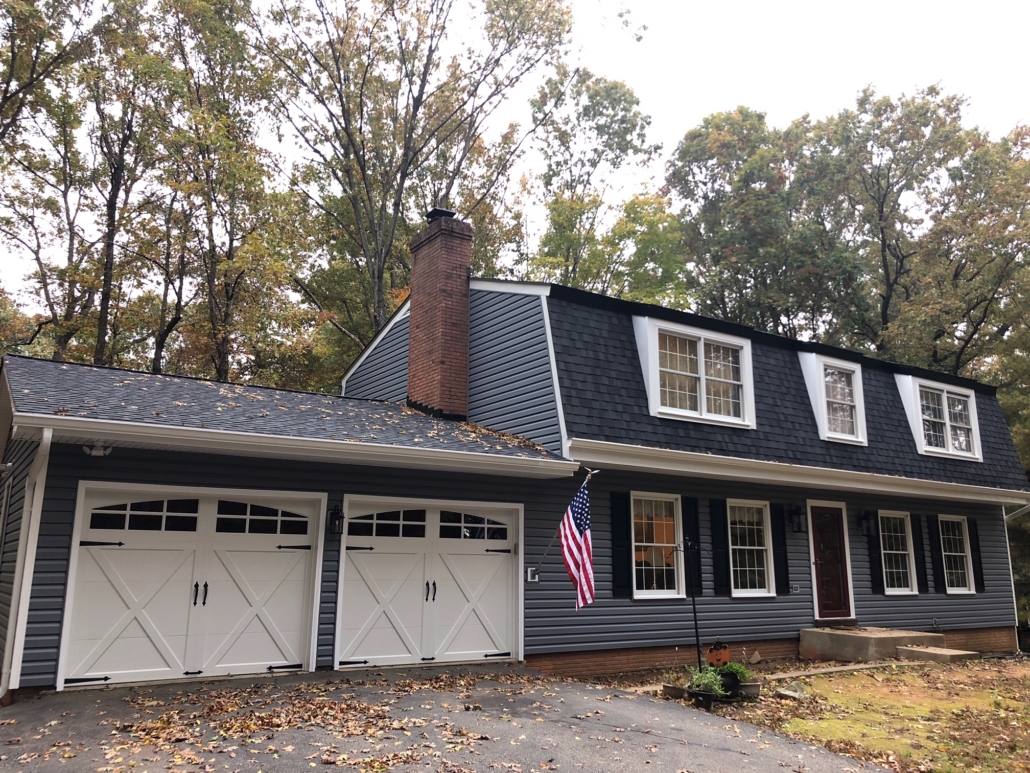
All good things come to an end, and that sure is the case with your roof!
Roof replacement is the end result of an old roof, and after the mid-life phase, your home’s roof goes through a period of rapid decline.
In this phase, you can expect excessive loss like damaged, missing, or broken shingles, loose granules, exposed bald spots, and rapid degradation of your roofing system and components. Beware that a lack of proper roof maintenance can and most often times will lead to the need to replace decking, gutters in their entirety, etc. Be proactive as much as you can!
Roof replacement is your only way out, so treat it with all seriousness. Before you replace your roof, multiple inspection is a smart call, and as a homeowner, you should request them. Most roofers offer a free estimate to see what your next step looks like.
Heed expertise beforehand, during, and after from a trusted roofing company.
What’s the Verdict?
A roof’s life cycle is characterized by three major parts (beginning, mid-life, and end) and while each may differ, one influences the next. Ask someone in the roofing industry and they will tell you it all starts with proper installation and keeping an eye on missing shingles.
From a bird’s eye view of the matter, it may seem nothing too big, but I encourage you to look closer as no phase requires the same approach.
Stay informed about the progression of your roof and seek counsel from a trusted professional. While it is easy to do, it is easy not to do. Take care of your roof every step of the way, so your time, money, and peace of mind can sleep well at night!
Frequently Asked Roofing Questions:
Important Question on Asphalt Shingles! Should I get an Asphalt Shingle Roof?
An asphalt shingle roof has a durable outer layer that is great for all weather conditions. It is one of the most common roofing materials on the marketplace for no unknown reason with its versatility and multi-faceted approach to addressing common roofing problems of the day. While its actual lifespan is variable, it’s a solid choice. Consult a roofing professional to see if it’s the right fit for you!
Below are some of the most common asphalt shingles:
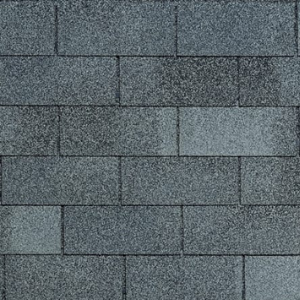
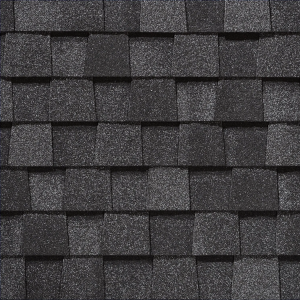
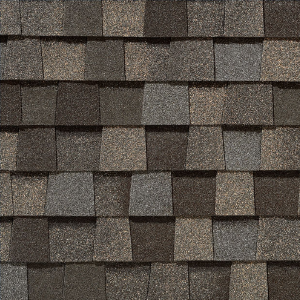
How long does an asphalt shingle roof usually last?
Industry standards say an asphalt shingle roof will last 20 years give or take. A new roof these days should last longer as asphalt shingle technology has come a long way over the years with better products and warranties.

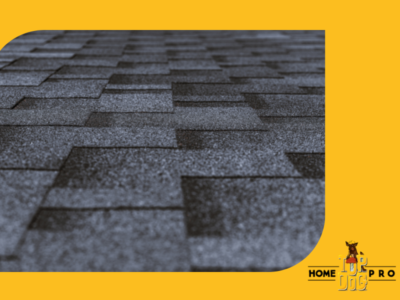
 Avoid Gruesome Gutters – Why Gutter Maintenance is Vital
Avoid Gruesome Gutters – Why Gutter Maintenance is Vital